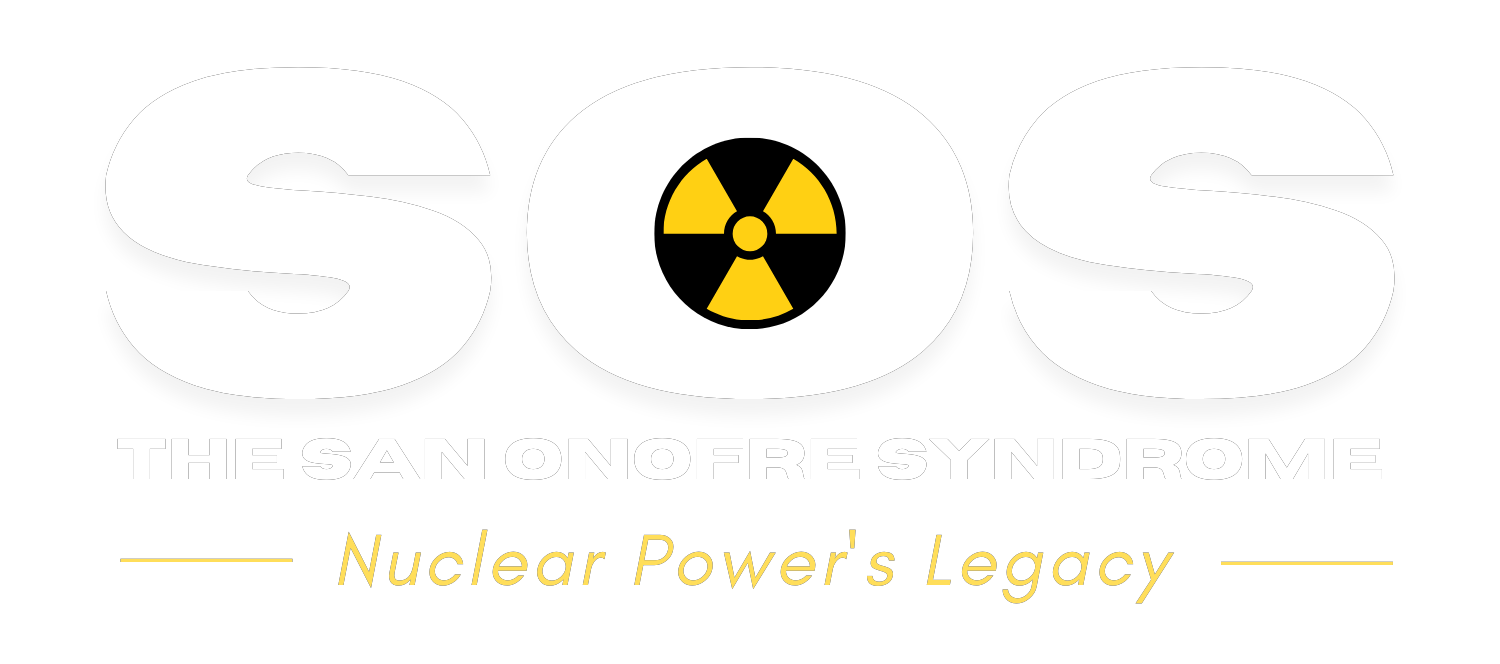Refurbished Three Mile Island Payment Structure Is Not Quite What It Seems
By Steve Hanley, CleanTechnica
Published 1 Week Ago
Two weeks ago, the news was filled with reports that Reactor 1 at the Three Mile Island nuclear generating station, which was shut down in 2019, will be refurbished and put back into service for another 20 years or more. Its sole customer will be Microsoft, which needs a lot of electricity to operate its data centers. Reactor 2 is the one that melted down in 1979. It is in the process of being dismantled.
The Three Mile Island facility is currently owned by Constellation Energy, the largest operator of nuclear power plants in America. It told the New York Times it plans to spend $1.6 billion to refurbish Reactor 1 and restart it by 2028, pending regulatory approval. “The symbolism is enormous,” said Joseph Dominguez, chief executive of Constellation. “This was the site of the industry’s greatest failure, and now it can be a place of rebirth.”
Economic Benefits Of Three Mile Island
Local residents and politicians welcome the return of Three Mile Island, which will employ about 600 people when it restarts. “This will transform the local economy and presents a rare opportunity to power our economy with reliable clean energy that we can count on,” said Tom Mehaffie, a Republican state representative whose district includes the plant. “This is a rare and valuable opportunity to invest in clean, carbon-free and affordable power — on the heels of the hottest year in Earth’s history.” A recent poll found that 57% of Pennsylvania residents supported reopening Three Mile Island “as long as it does not include new taxes or increased electricity rates.”
Dominguez was especially proud to announce that Constellation would pay to refurbish the Three Mile Island facility entirely out of its own pocket, and Microsoft would be on the hook for buying electricity from the plant for 20 years. “We’re not asking for a penny from the state or from utility customers,” he said.
There is a lot to unpack here. The demand for electricity is exploding, thanks to cryptomining and AI. Data centers are sucking up vast amounts of electricity, much of it from renewables. That means there is precious little electricity left over to cool our homes and business, power our electric cars, or meet the needs of industries trying to decarbonize their activities. Supplying the crypto and AI sectors with renewable energy threatens to slow or reverse the transition to clean energy for the rest of society. At some point, we may need to ask ourselves just how much crypto and AI we really need.
A $1.6 Billion Federal Loan Guarantee
What Joseph Dominguez failed to mention when he proclaimed that Constellation was not asking for a penny from the state or from utility customers to restart Three Mile Island was that in May it applied for a $1.6 billion federal loan guarantee — which coincidentally is precisely the amount of money it plans to invest to restart the shuttered reactor. According to the Washington Post, the taxpayer-backed loan could give Microsoft and Constellation Energy a major boost in their unprecedented bid to steer all the power from a US nuclear plant to a single company. Microsoft is one of many large tech companies scouring the nation for zero emissions power for its data centers and one of the leaders in the field of artificial intelligence.
The plan to restart the shuttered reactor on Three Mile Island has already generated controversy as energy experts debate the merits of providing separate federal subsidies for the project in the form of tax credits. Constellation’s pursuit of the $1.6 billion federal loan guarantee, which has not been previously disclosed, is likely to intensify that debate. The loan guarantee request has cleared an initial review. It has now reached the stage where the specific terms of a deal would ordinarily start to be negotiated, according to the Washington Post. A loan guarantee would allow Constellation to shift much of the risk of reopening Three Mile Island to taxpayers. The federal government, in this case, would pledge to cover up to $1.6 billion if there is a default. The guarantees are typically used by developers to lower the cost of project financing, as lenders are willing to offer more favorable terms when there is federal backing.
Borrowing Costs For Three Mile Island
In this case, the loan guarantee could save Constellation up to $122 million in borrowing costs for restarting Three Mile Island, John Parsons, an energy economist at the Massachusetts Institute of Technology, told the Post. It would come on top of the federal tax credits on the sale of the power — passed in the Inflation Reduction Act of 2022 — which could be worth nearly $200 million annually for Constellation and Microsoft. Over 20 years, that comes to a tidy sum — $4 billion to be exact. Technology companies already benefit from similar tax credits when they purchase energy from a solar or wind farm, but nuclear power plants generate electricity at a higher cost, making the scale of the subsidy larger. Microsoft and Constellation have not released any details about how much the electricity from Three Mile Island will cost.
The Energy Department declined to comment on the application, but Constellation told the Post it has not decided whether to accept the loan guarantee if one is offered, but claimed that any financial risk for taxpayers would be negligible. “Rest assured that to the extent we may seek a loan, Constellation will guarantee full repayment,” said a statement from the company. “Any notion that taxpayers are taking on risk here is fanciful given that any loan will be backstopped by Constellation’s entire $80-billion-plus value.” If that is so, then why the need for the federal loan guarantee in the first place?
The biggest risk to taxpayers would be if the project were to fail after a significant amount of money is spent trying to get Three Mile Island operational. Such setbacks are common when new nuclear plants are being built. The last new nuclear reactors to go online near Augusta, Georgia, were seven years late and $17 billion over budget. Constellation says it is confident Three Mile Island won’t face such setbacks because the company is restarting an existing unit rather than building a new one from the ground up. Some may view that as wishful thinking, or as my old Irish grandmother liked to say, “There’s many a slip twixt the cup and the lip.”
Proponents say reopening nuclear power plants is a good option, especially with increased demand from data centers that are being built across the country. “We want Microsoft to buy their electricity from zero-carbon energy sources instead of from coal plants, so it is in the interest of all of us that this nuclear power plant gets reopened,” John Parsons said of the Three Mile Island plan. While the loan guarantee does have risks, the reopening of an existing nuclear plant is far less likely to run into the massive cost overruns and delays that are common with the construction of a new nuclear plant, he added.
Another Kink In The Program
To hear Microsoft and Constellation tell it, every electron generated by the rejuvenated Three Mile Island plant would be used to power Microsoft data centers. That’s not quite how it will work out in practice, however. The electricity from the restarted nuclear reactor will not be connected directly to Microsoft’s data centers. Instead it will flow into the broader power grid that serves 13 states and D.C. As the purchaser of the clean energy, Microsoft can use it to erase — on paper — the emissions from burning gas or coal to produce electricity that does flow into its data centers. Microsoft is among several large tech firms using such accounting methods to brand their data centers climate friendly. CleanTechnica readers are savvy enough to recognize there is great potential for all of this euphoria over Three Mile island to become little more than another corporate greenwashing scheme, one paid for in large part by federal taxpayers.
Some critics question if Constellation is presenting an overly optimistic assessment of how quickly and cheaply a nuclear plant can be restarted. The company said last month that $1.6 billion would cover the full cost of reopening Three Mile Island by 2028. “We have one Big Tech company trying to do something that is not aligned with how the markets should be working, and they want to do it on the backs of ratepayers and taxpayers,” said Evan Caron, co-founder of Montauk Climate, which invests in clean energy technologies.
If there are any cost overruns or delays, Microsoft would probably have the option of abandoning the deal and Constellation would need to find another buyer willing to pay a premium for Three Mile Island power, he said. “This has real risk. I think the likelihood of that plant coming back online by 2028 is low to zero,” Caron said. Constellation bristles at the suggestion. “We know every inch of this plant and what needs to be done,” the company said in a statement. “To be clear, Constellation will restart [Three Mile Island] in 2028, and in fact, we will aim to restart it a year earlier.”
The Takeaway
There is nothing overtly wrong with the plan to restart Three Mile Island, but when the details are examined, there certainly are some reasons to be skeptical. First, when the company bragged it was putting its own money unto the project, it should have been upfront about the federal loan guarantee. Second, when Microsoft bragged it was increasing the supply of renewable energy to its data centers, it should have been upfront about how the process will actually work. In point of fact, none of the electricity from Three Mile Island may ever be used to power a Microsoft data center. There are carbon offsets and accounting shenanigans at work here, which open the door to chicanery or what some might call “creative accounting.”
At worst, both companies may have committed sins of omissions, little white lies that take some of the luster off their bold plan to restart Three Mile Island. Back in the George W. Bush era, this would be known as “sideways waffling.” Both companies should know better than to tell part of the story instead of the entire story. Shame on Microsoft and Constellation for being a little less than completely honest about what their plan entails. Being coy about such details make people wonder what else they are hiding.

